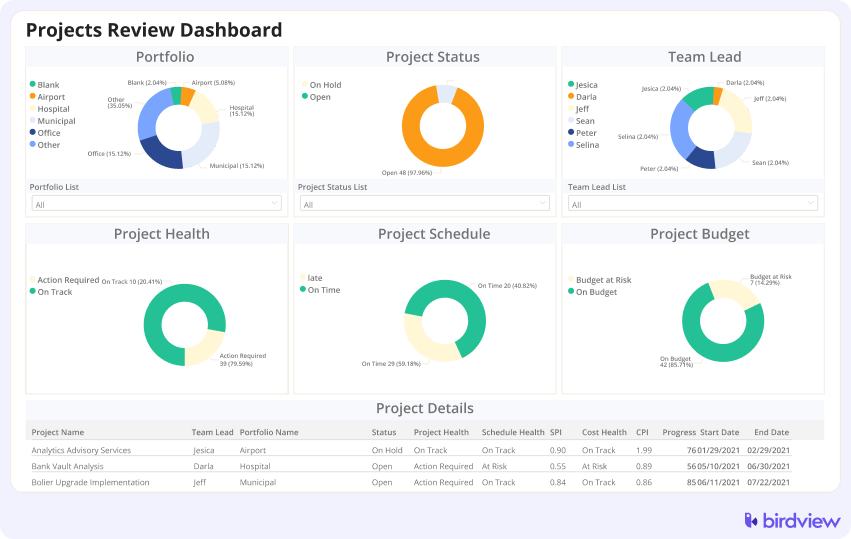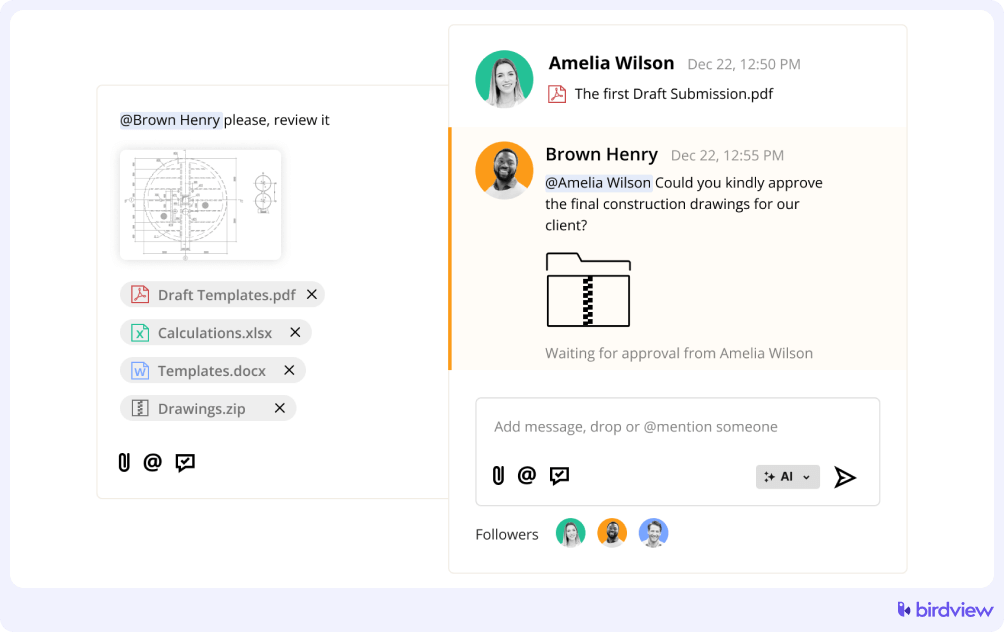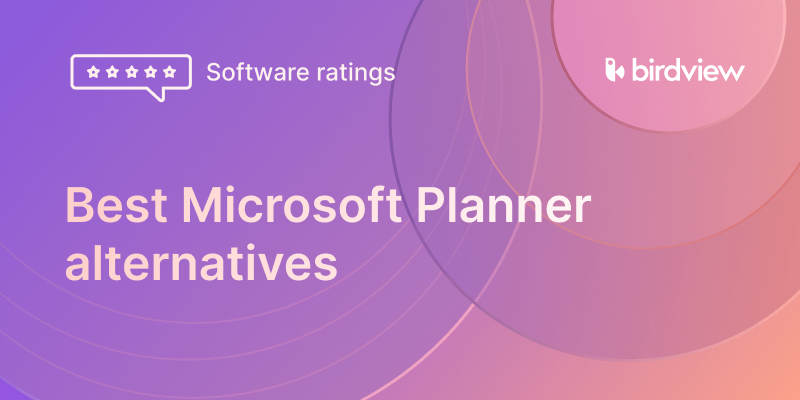Is your project a high-risk endeavor? One where the deliverable needs to be as close to perfection as possible upon release? If so, then you might want to consider the spiral project management method.
Boehms Project Management Method
In 1986, software engineer Barry Boehm published a paper describing a new, highly iterative project management process that arranges activities in a spiral pattern. This spiral method could incorporate elements of waterfall, incremental, prototyping, and other project management methods to fit a project’s risk patterns.
With tools like Birdview, teams can seamlessly integrate these different methodologies, adapting to changes in project requirements and managing the complex workflows that the spiral model often entails.
The 4 Spiral Quadrants
Each quadrant of a spiral represents a development phase, namely:
1. Analysis. This is where you determine your objectives, analyze your capabilities and constraints, and, if this isn’t the first spiral loop, explore design changes that would better align the project with your targets. Using Birdview’s customizable dashboards, teams can visualize their objectives and constraints clearly, allowing for a more precise analysis that drives better decision-making in subsequent phases.

2. Risk Evaluation. This phase is all about assessing and planning around risk. You evaluate which options involve the least amount of risk while staying close to the goals defined in quadrant 1, and decide on which approach you should take in quadrant 3.
3. Development and Execution. Here, you proceed with developing the product based on the best matching project management method (whether it’s a waterfall, agile, or otherwise). This phase also includes testing.
4. Planning the Next Iteration. This phase reviews the finished product from quadrant 3 and compares it to the current iterations’ stated goals. Any fixes and issues from this iteration need to be resolved before moving on to the next.
After completing a loop at quadrant 4, the process goes back to quadrant 1 for another iteration loop. This continues until the product is finally released.
The Pros
One of the best things about using the spiral method is the way it manages risk. Every phase and iteration goes through a review process, so you’ll have an easier time monitoring project health. And the process’s iterative nature means that you’ll have a simpler time incorporating changes later on in the project life cycle. This is ideal for highly customized projects, or projects in highly volatile markets.
Example: For instance, in software development, where requirements can change frequently, the spiral method combined with Birdview’s real-time collaboration tools ensures that all team members are on the same page, minimizing delays and miscommunication.

The Cons
You should know that the spiral project management method is very costly, both in terms of money and time. The project can get very complex as well, especially in the intermediate stages of the project where you’ll be generating massive amounts of documentation. The spiral method isn’t right for simple or low-risk projects you’re better off with a simpler model like Agile or waterfall.
Read more:
Like any other project management method, the spiral method is highly situational. It excels at high-risk, high-budget projects that require lots of customization. The projects can get very complex, but the built-in risk management features can help you mitigate this. This makes the spiral project management method a very specialized, but very effective tool to add to your project management tools.



